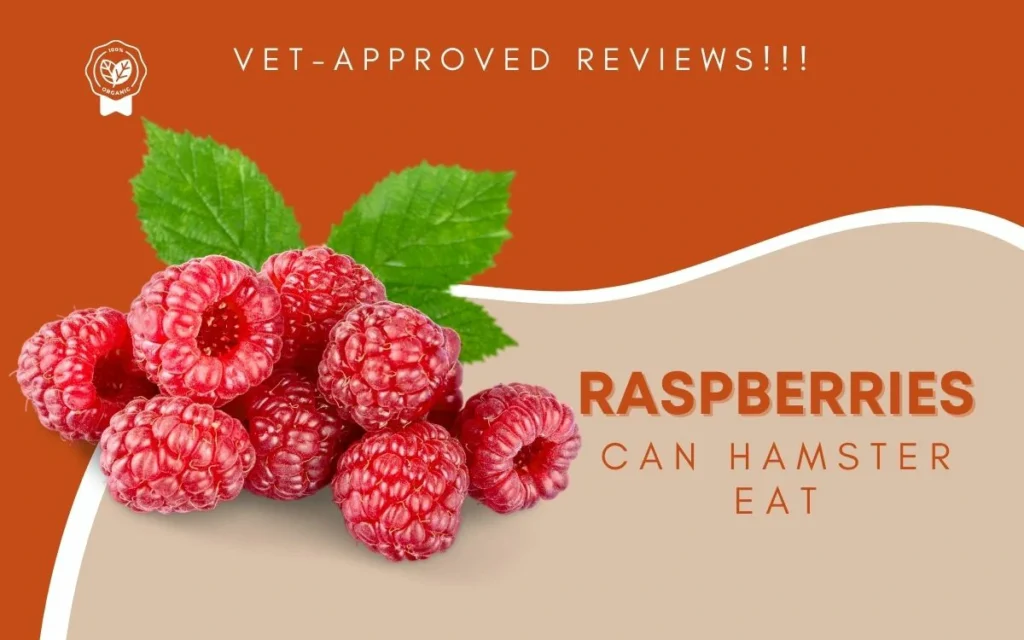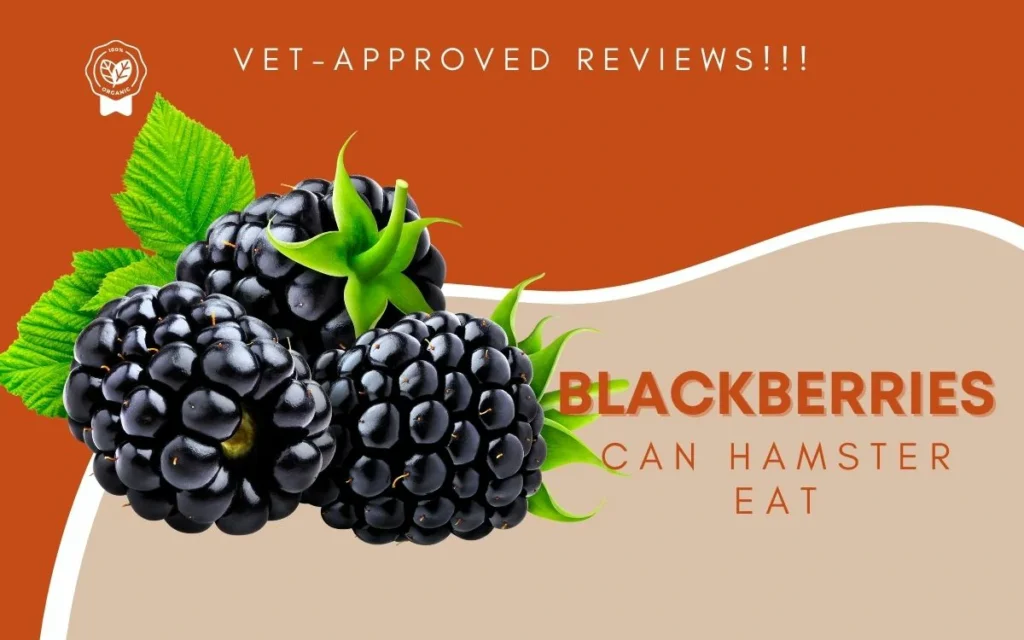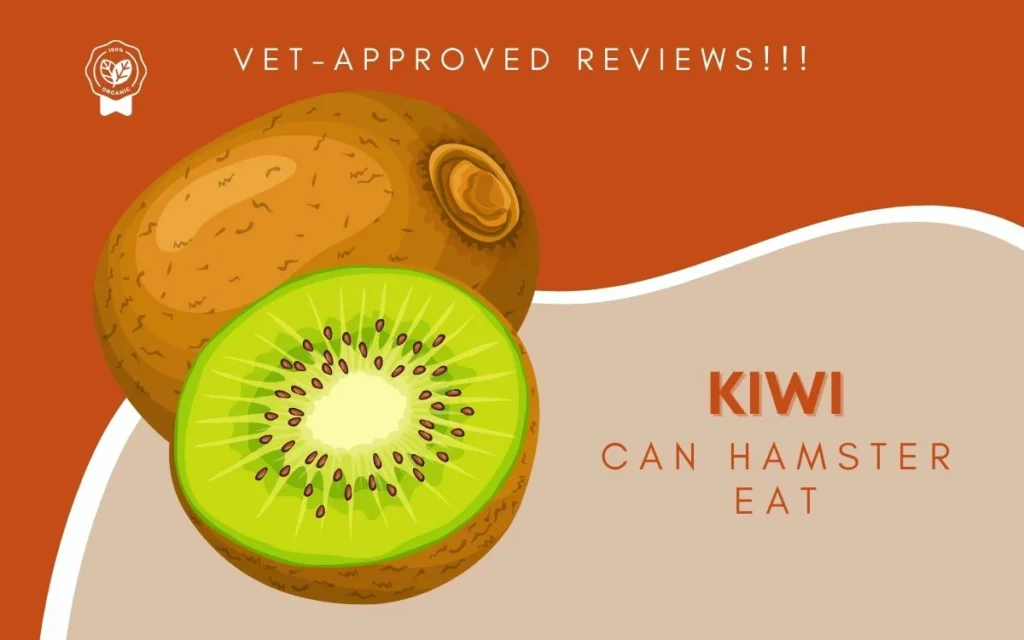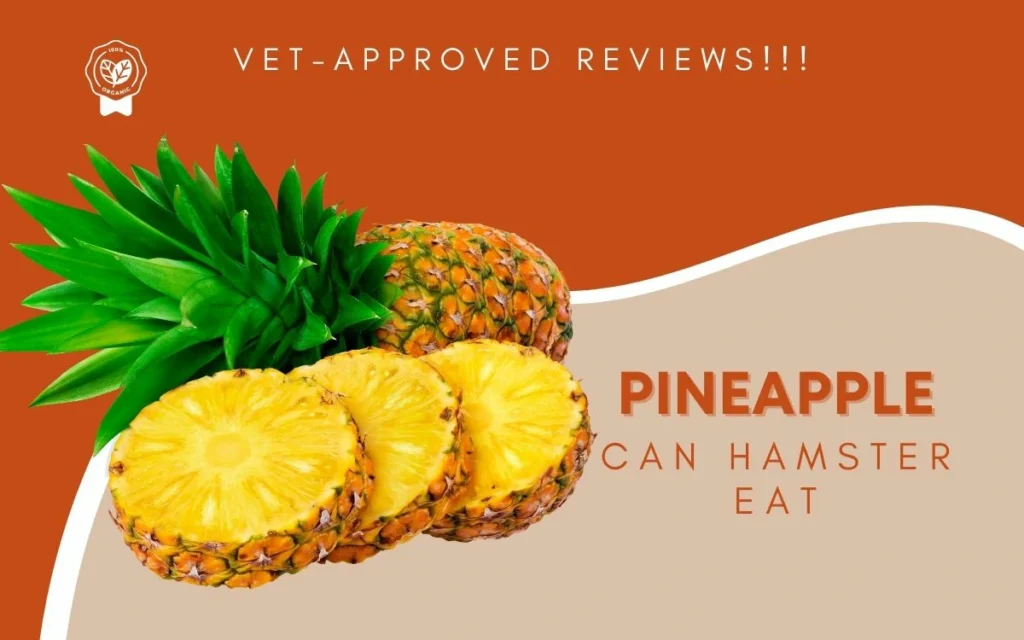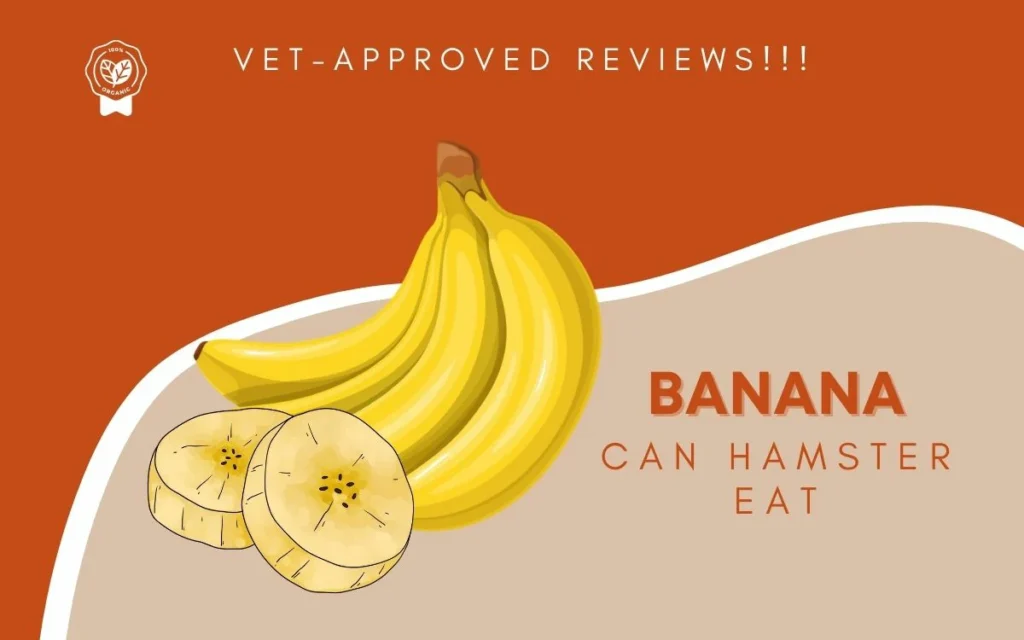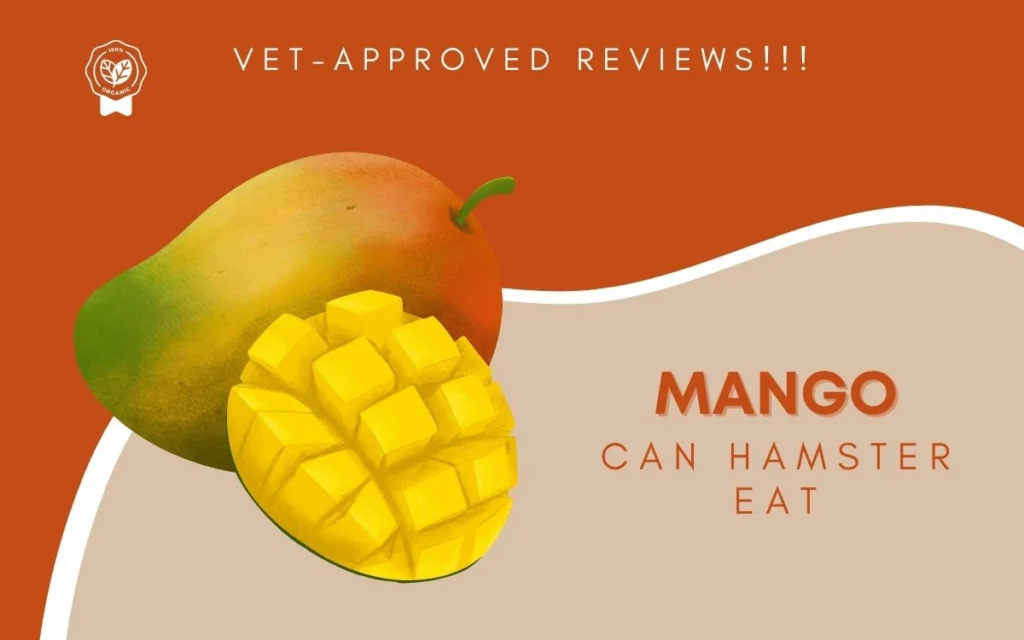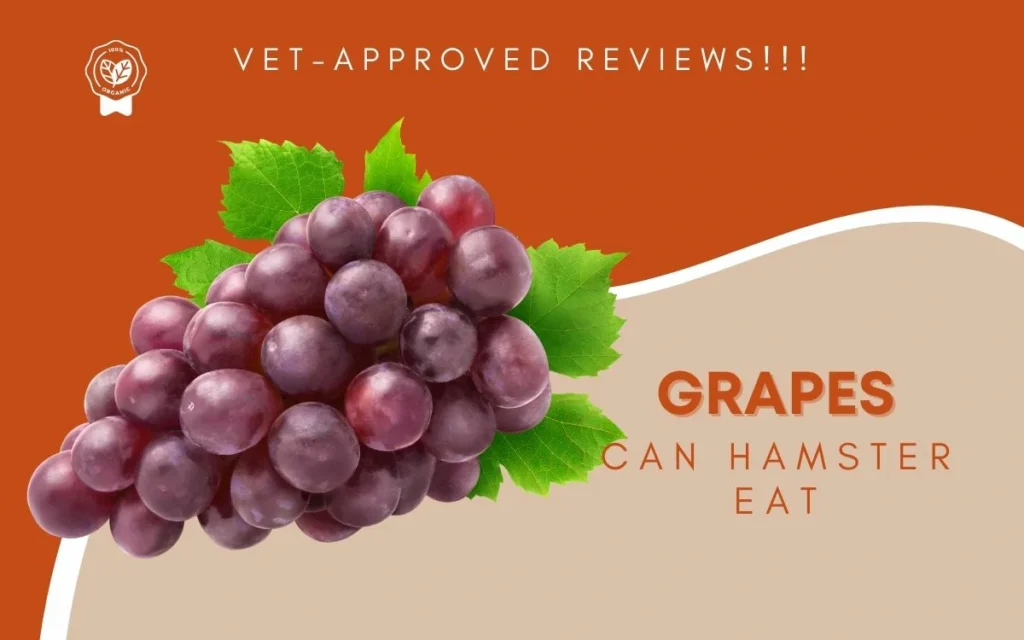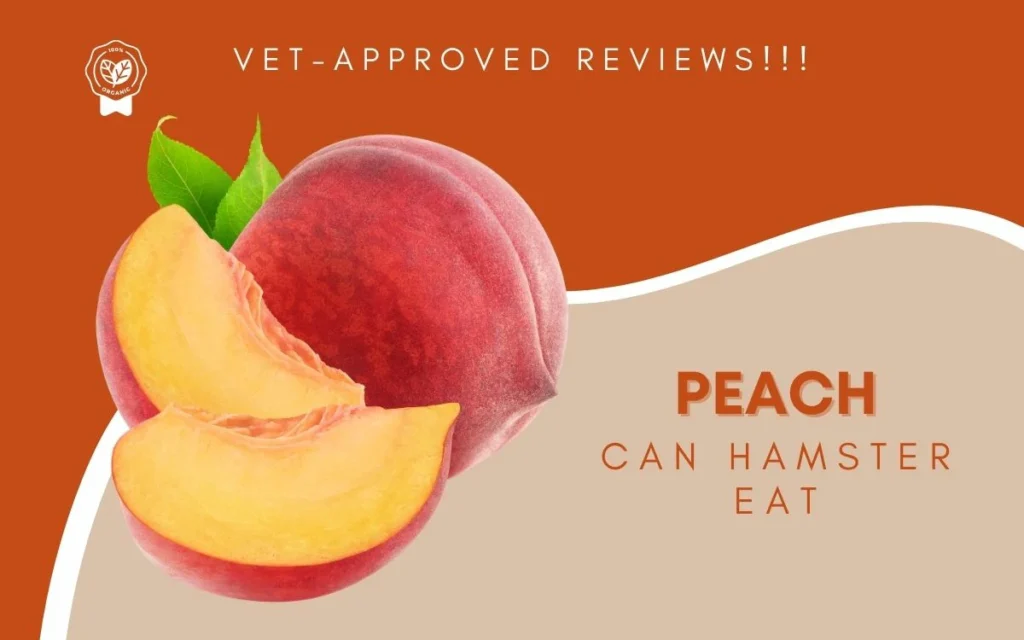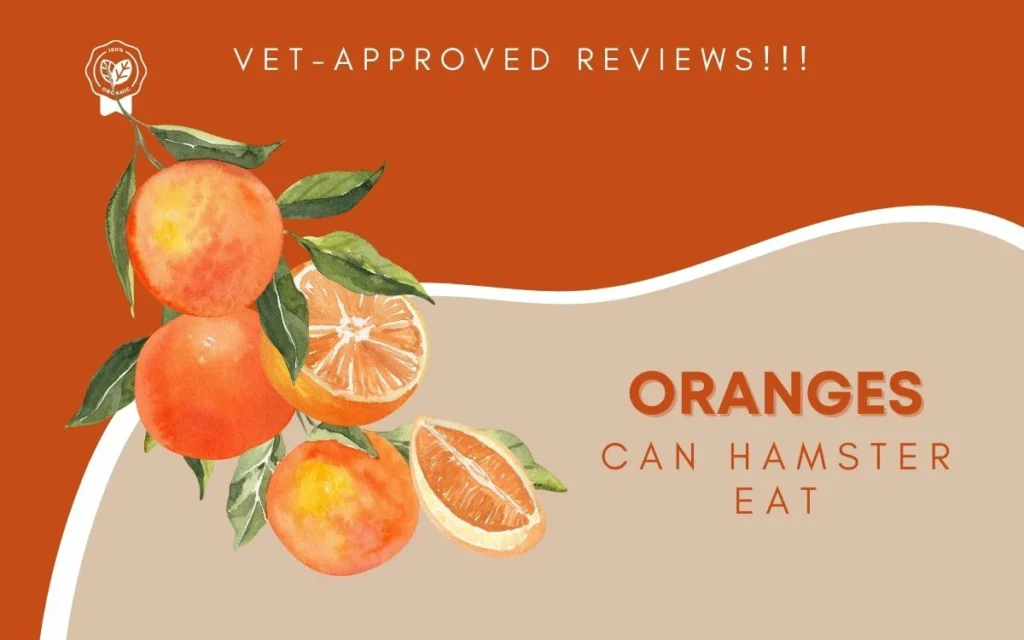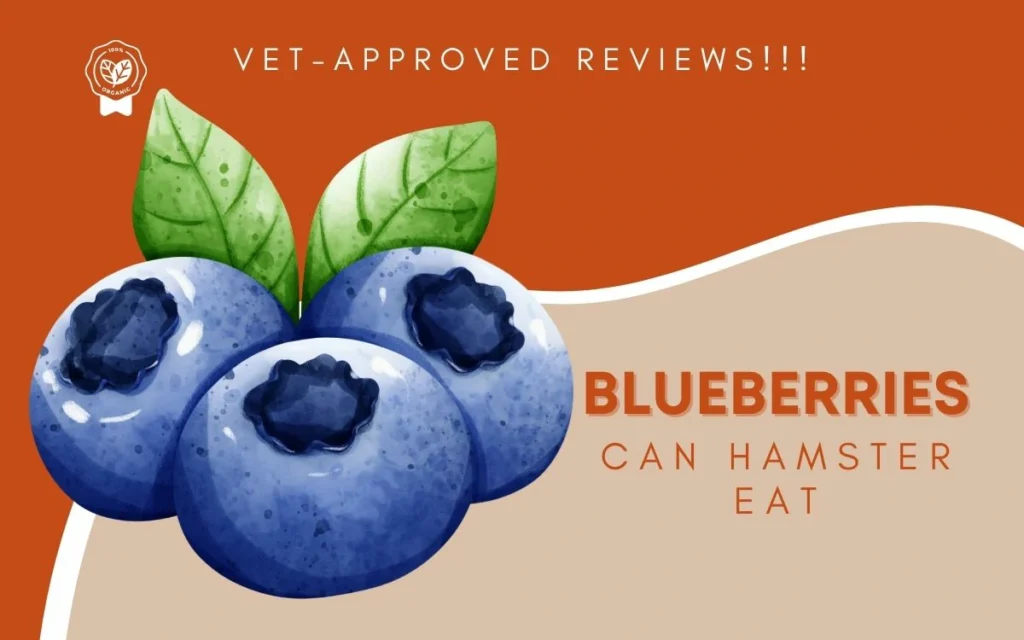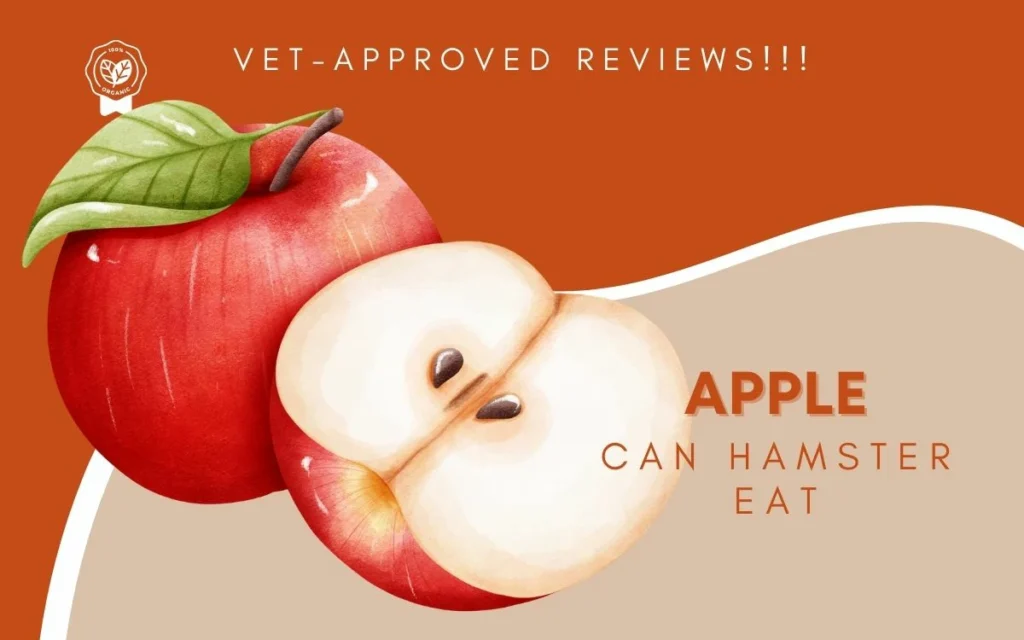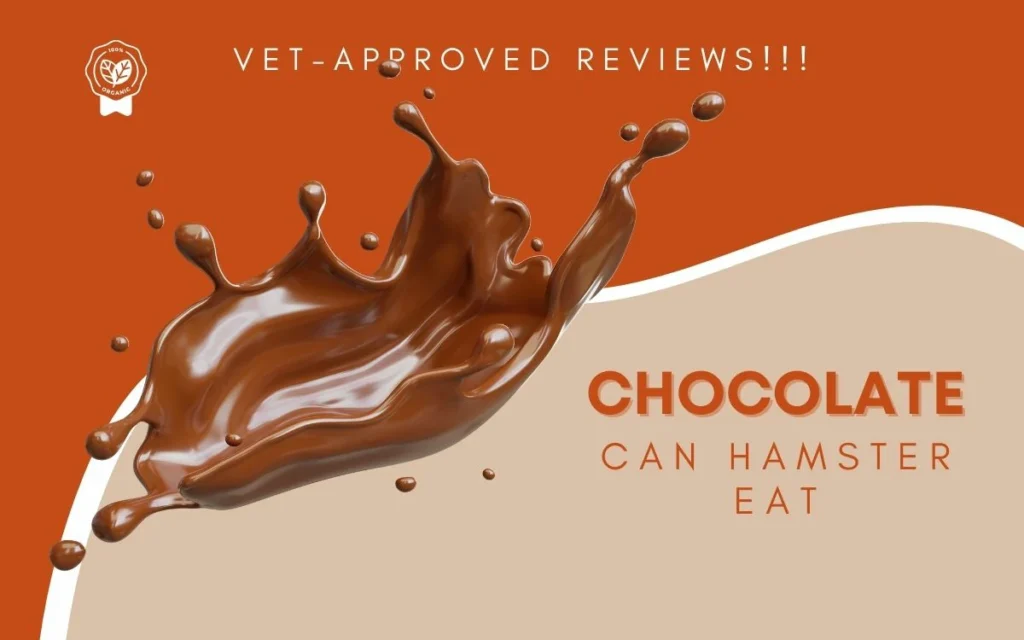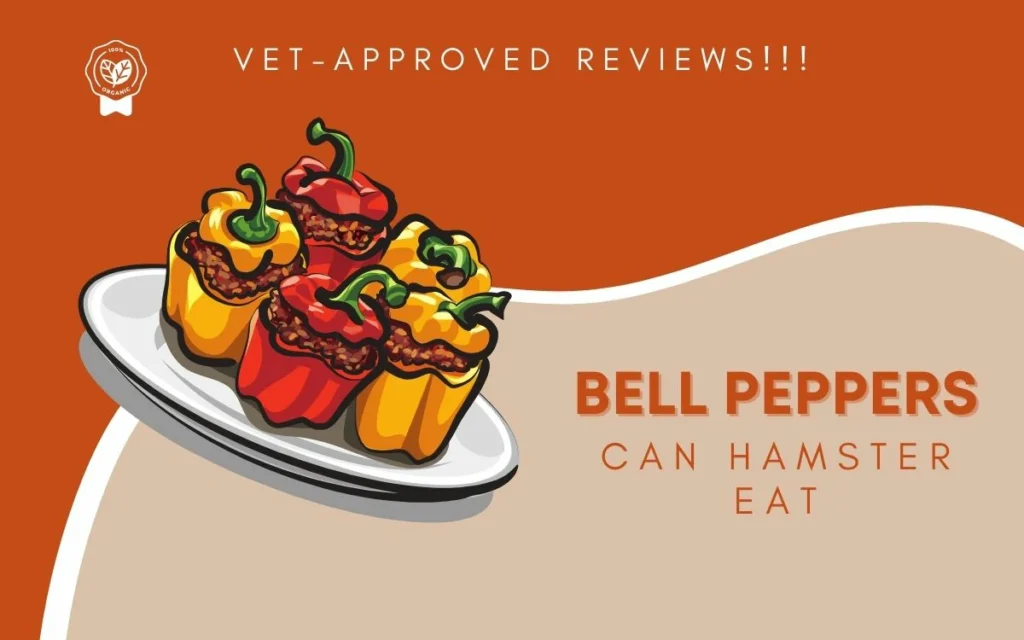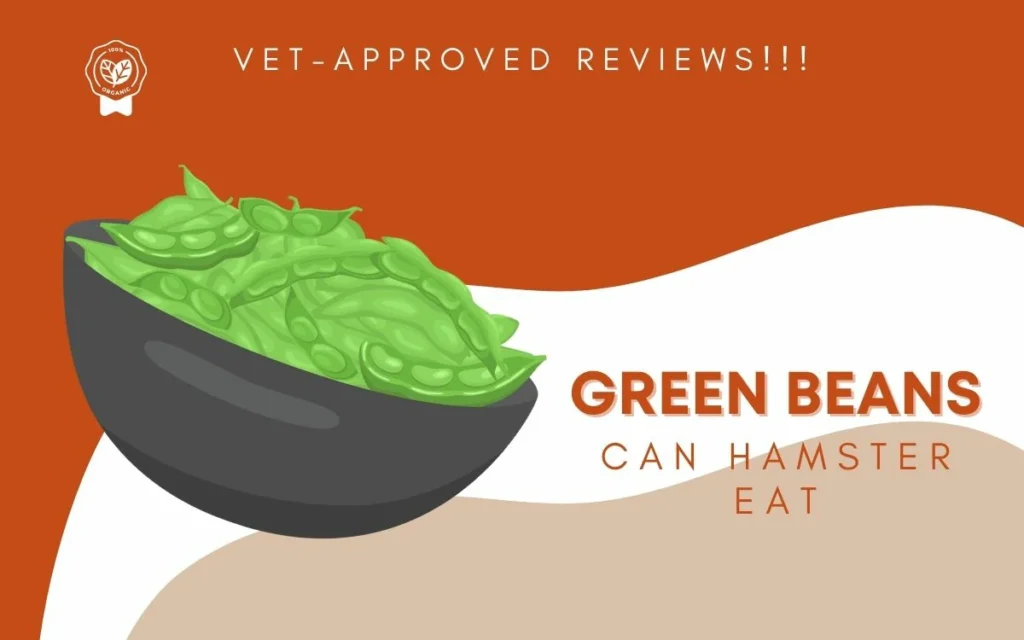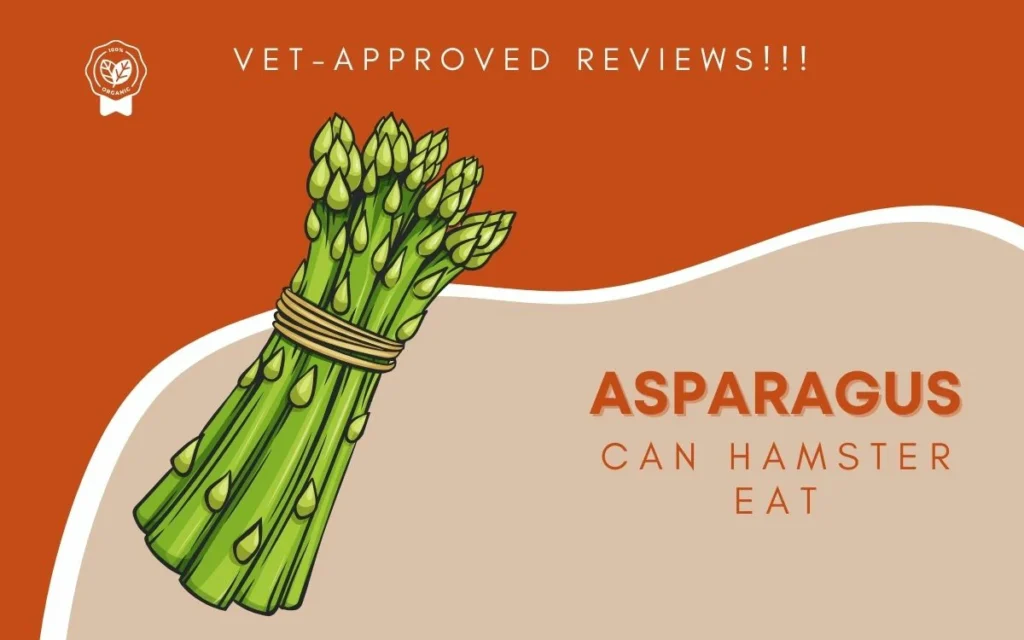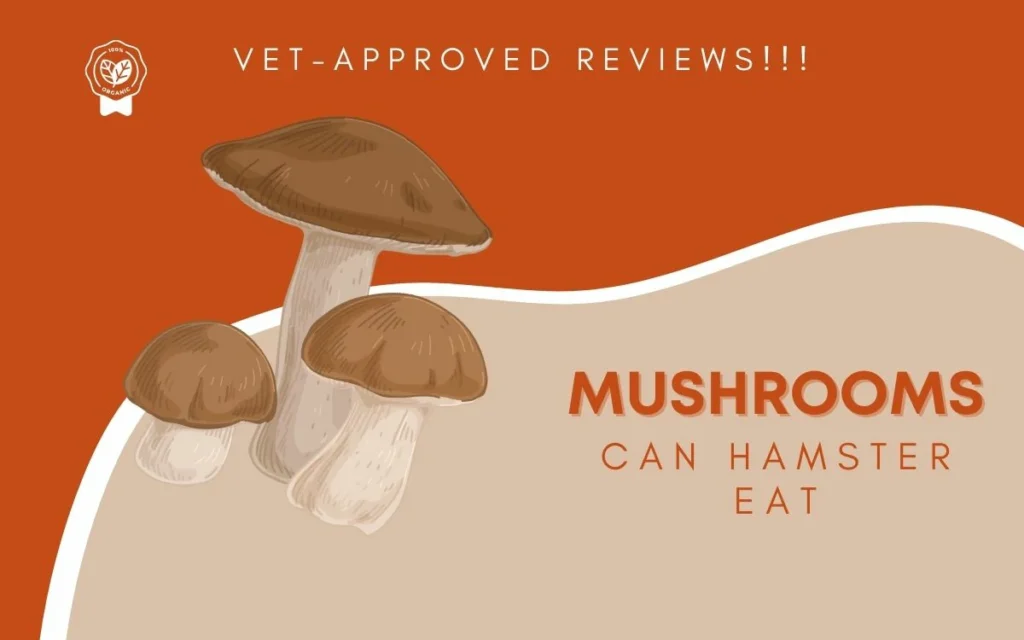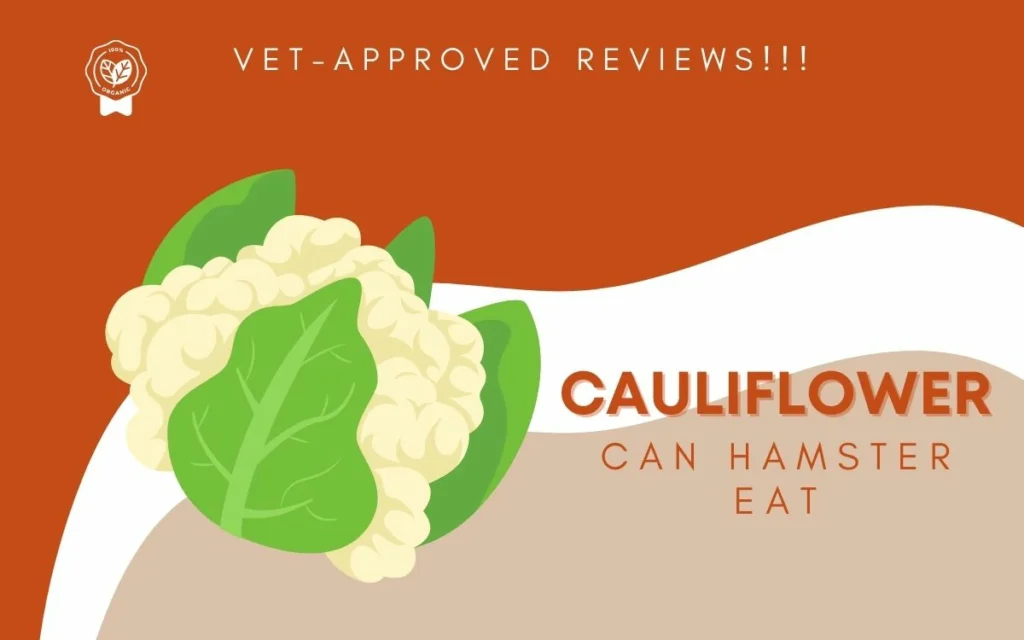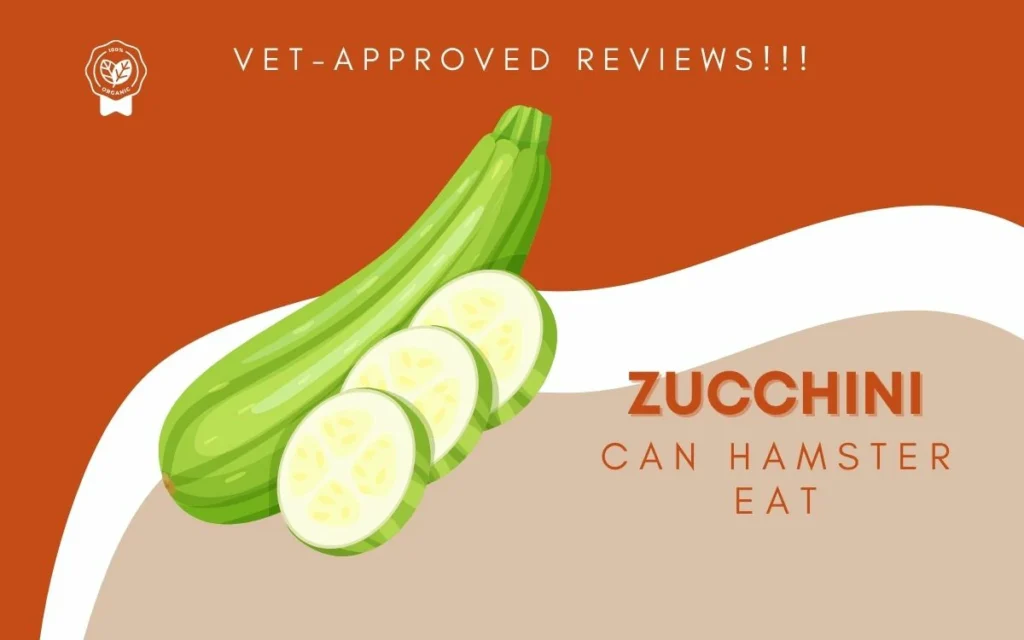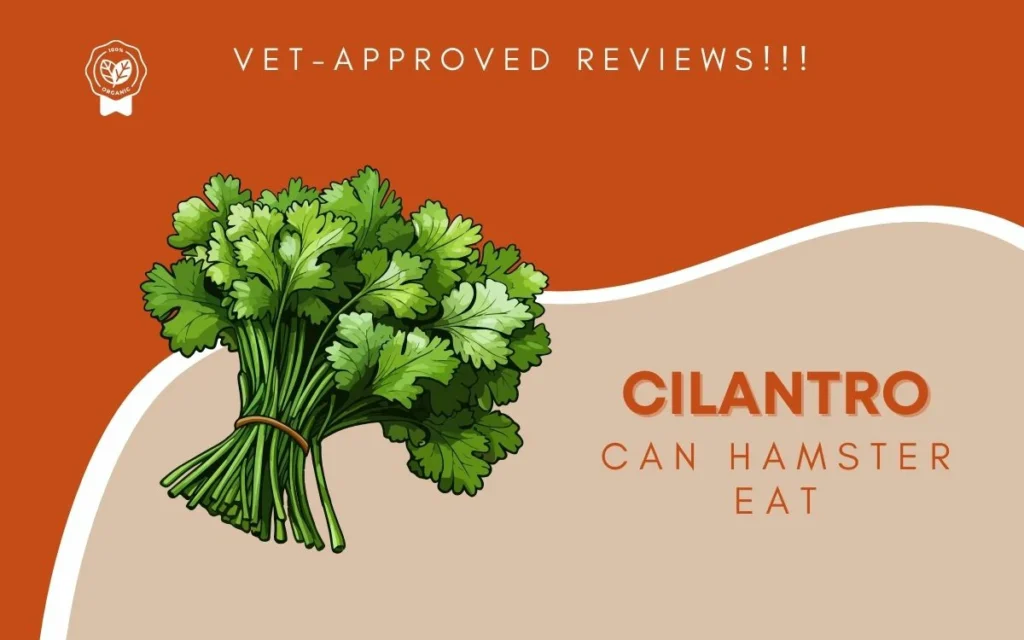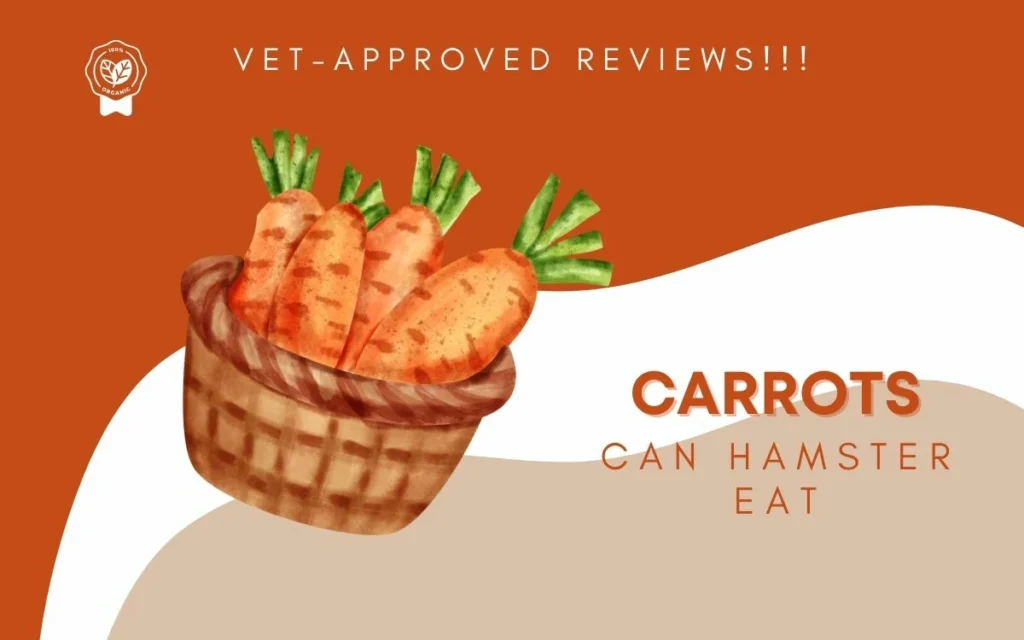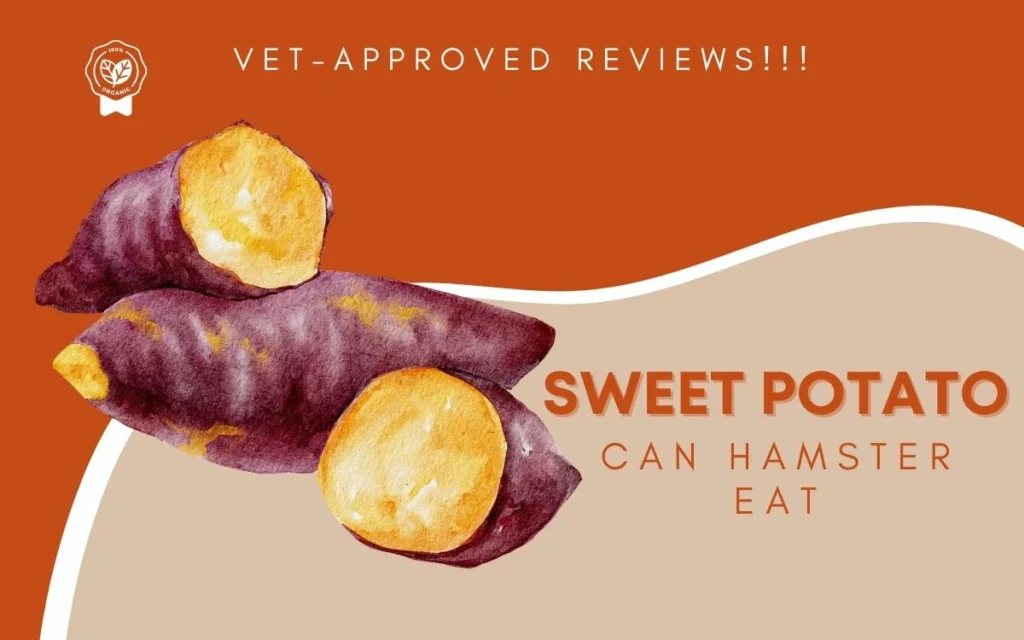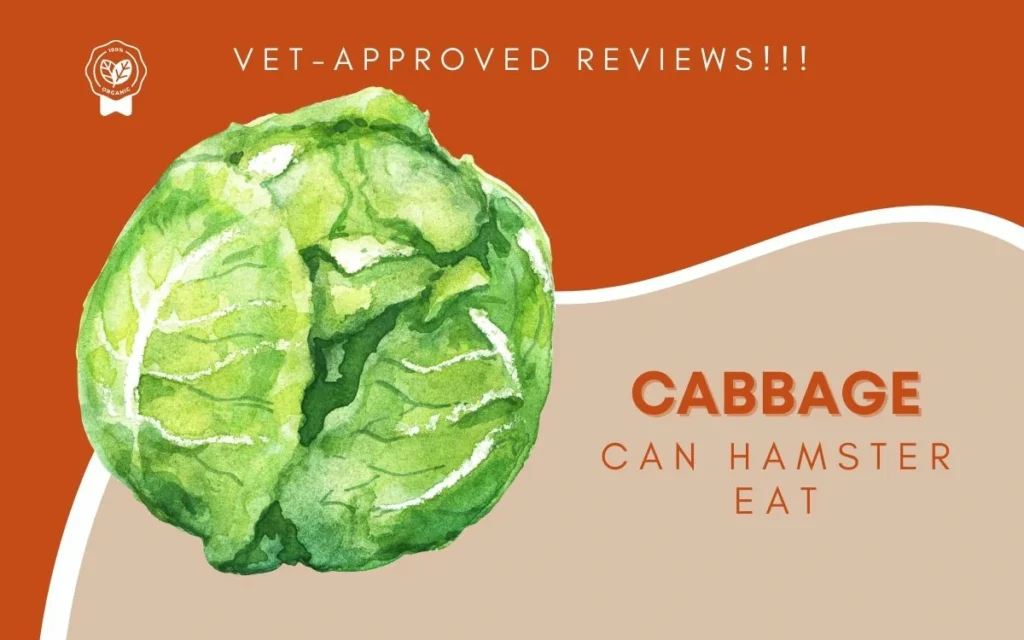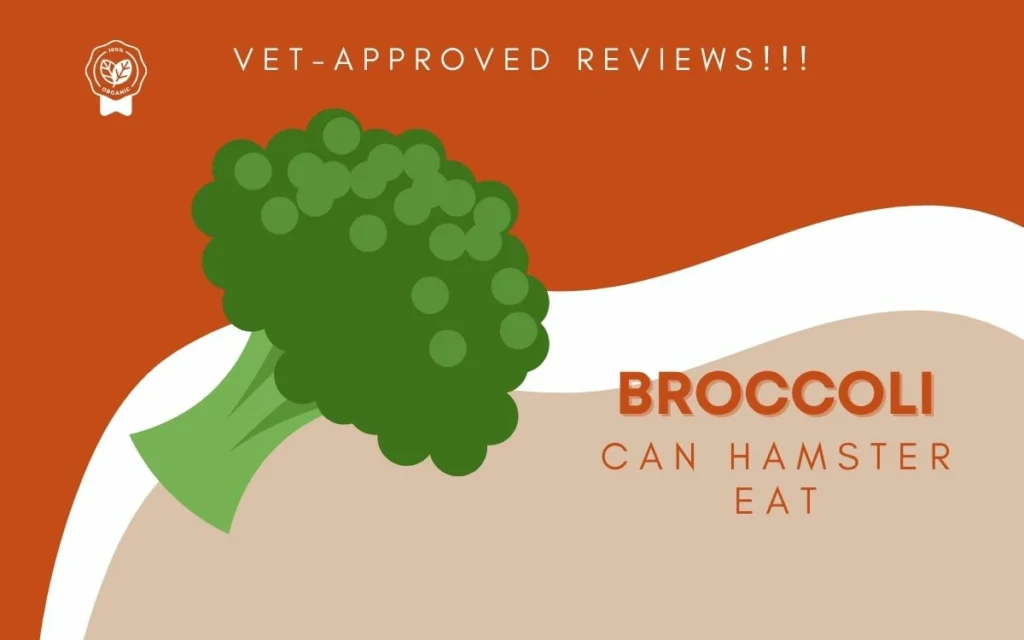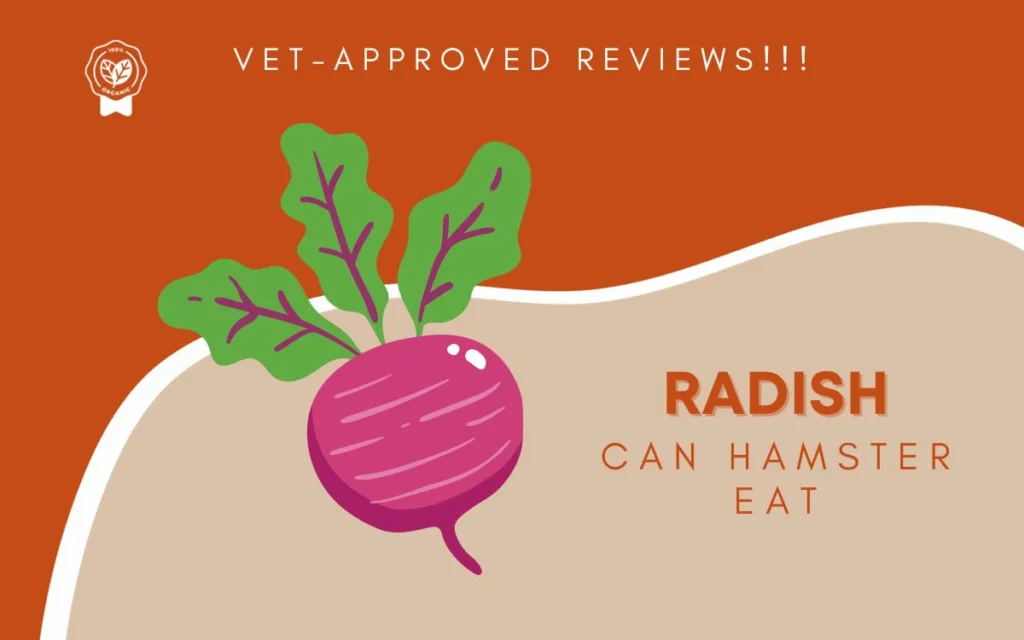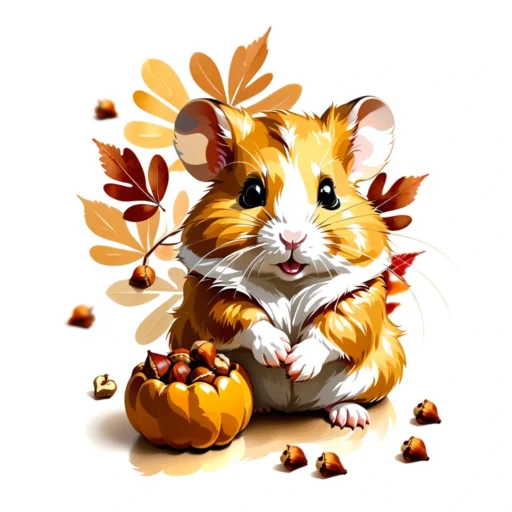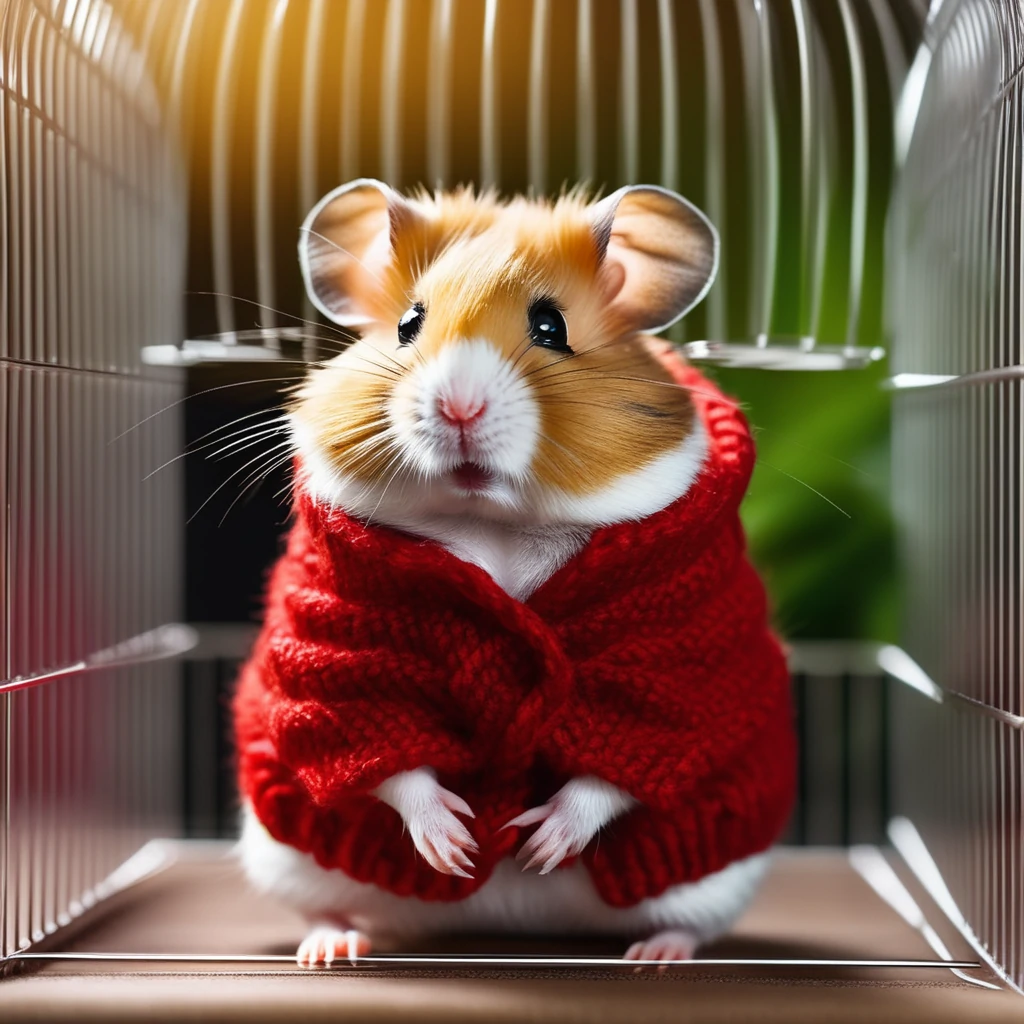As curious creatures with a penchant for exploration, hamstеrs are known for their inquisitive naturе and diverse dietary prеfеrеncеs. As a diligеnt pеt ownеr, it’s only natural to wondеr what trеats you can offer your furry friend to kееp thеir tastе buds satisfiеd.
Onе such quеstion that oftеn arisеs is whеthеr hamstеrs can indulgе in thе dеlightful nuttinеss of walnuts.
In this articlе, wе delve into thе world of hamsters and their dietary needs to unravеl thе truth bеhind this popular quеry.
Join us as we explore the nutritional aspects of walnuts, considеr thе safеty concеrns, and ultimately uncover whether thеsе tiny rodents can relish the delectable flavours of this beloved nut.
Can hamsters eat walnut:
Yes, hamsters can eat walnuts in moderation as part of a balanced diet. Walnuts contain beneficial nutrients that support hamster health.
However, walnuts also contain high levels of fat and may present choking hazards for hamsters depending on their size and variety.
As a result, walnuts should only be fed occasionally and in limited quantities.
Benefits of walnuts for hamsters:
Walnuts contain a range of vitamins, minerals and other beneficial plant compounds:
- Protein:Necessary for growth and development. Walnuts contain around 15g of protein per 100g.
- Healthy fatsWalnuts contain high levels of monounsaturated and polyunsaturated fats which support skin/coat health.
- Vitamin E :An essential antioxidant. Important for immune and reproductive health.
- Minerals like manganese, copper and magnesium – Aid bone development and enzyme function.
As a treat, small amounts of walnut can supplement vital nutrition in a hamster’s diet from other sources like pellet feed and fresh produce.
Potential risks of walnuts for hamsters:
Despite nutritional benefits, walnuts also carry some risks:
- Choking hazard – Larger walnut pieces or whole nuts could get lodged in a hamster’s cheeks or throat.
- High fat – Too much fat can lead to obesity and related health issues like diabetes.
- Allergies – Tree nuts can trigger allergic reactions in some hamsters.
As a result, feeding guidelines and preparation is important when adding walnuts to a hamster’s menu.
Can hamsters eat black walnut:
Black walnuts have a higher tannin content compared to standard English walnuts. Tannins are plant compounds which can be toxic to small animals when consumed in excess.
As a result, black walnuts are generally not recommended as safe treats for hamsters.
If substituting another type of nut, opt for a hazelnut or almond instead. All nuts should be fed sparingly to avoid digestive or weight issues.
Can hamsters eat walnut shell?
No, hamster’s should not eat walnut shells. A walnut shell is fibrous, abrasive and splinters easily into sharp fragments. Eating walnut shell risks:
- Intestinal injury or blockage
- Mouth and cheek lacerations
- Choking and internal puncture wounds
Always remove and discard the hard outer shell before feeding a hamster the walnut kernel inside.
Can hamsters eat full walnuts nut?
Feeding a hamster a whole, round walnut is extremely risky and should be avoided. Whole walnuts pose a serious choking hazard and can easily get lodged in the mouth or throat.
Instead, walnuts should be chopped, minced or crushed into small pieces no larger than the size of the hamster’s eye before feeding.
Quickly chewing nuts helps limit choking risk but is still not advisable. For young hamsters under 12 weeks old, ground walnut powder is the safest option.
Can hamsters eat raw walnut?
Yes, hamsters can safely eat raw walnuts. Roasting or toasting walnuts may enhance flavor but destroys heat-sensitive nutrients like vitamin E and essential fatty acids that benefit skin/coat condition.
Raw walnuts retain more nutritional value but must still be prepared properly (shell removed, chopped/minced) and fed in strict moderation to avoid health issues.
Nutrition facts in walnut:
| Nutrition | Quantity per 100 gm | Daily value |
| Protein | 15 | 30 percent |
| Fat | 65 | 100% |
| Saturated fat | 6 | 30% |
| Polyunsaturated fat | 47 | 22 |
| Monounsaturated fat | 8.9 | 15 |
| Omega-6 fatty acids | 2.6 | 25 |
| Vitamin E | 38.1g | 40 |
| Thia Mine | 2.9 mg | 35 |
| Magnesium | 3.4g | 170 |
| Copper | 1.6mg | 80 |
Walnuts contain high levels of beneficial
fats, vitamin E, manganese, magnesium and other nutrients that support heart health, nutrient absorption, brain function and blood sugar control.
In moderation, walnuts can supplement essential nutrition for hamsters alongside a balanced main diet.
Understanding Hamster Dietary Needs:
To understand whether walnuts make a suitable dietary addition, it helps to first establish some context on a hamster’s nutritional requirements.
Hamsters are omnivores that require balanced nutrition from three main sources in captivity:
Commercial feed:
Specially formulated hamster pellets and mixes provide a nutritionally complete base diet with:
- 16-20% protein
- 2-5% fat
- Balanced vitamins/minerals
Pellets should make up around 75% of daily intake.
Fresh produce:
Fruits, veggies, seeds and limited dairy provide additional protein, fiber and nutrients:
- Dark leafy greens e.g. kale
- Sweet veggies e.g. carrot, bell pepper
- Small seeded fruits e.g. strawberry
- Limited dairy like plain yogurt
Around 10-15% of daily intake.
Other treats:
In very limited amounts, items like nuts, cooked egg or bits of lean protein can supplement nutrition. These should be restricted to occasional treats comprising no more than 5% of total food volume to prevent issues like obesity.
When fed responsibly, the nutrients and fats in walnuts can provide hamsters beneficial nutrition alongside their core balanced diet. But understanding dietary limitations is still key.
Risks Associated With Feeding Walnuts To Hamsters:
While walnuts can benefit hamsters nutritionally, their high fat content, potential allergens and choking hazard also introduce some risks for hamster health and safety.
Choking Hazards and Digestive Complications:
The first major risk of feeding walnuts to hamsters is potential choking. A hamster’s cheeks allow it to hoard and transport food in pouches on the side of their face.
While convenient, these expandable pouches let hamsters cram in more food than they can safely manage.
Large pieces of walnut can get lodged in the mouth, throat or internally. This poses:
- Choking risk – Hampered breathing, loss of consciousness
- Digestive issues – Pain, intestinal blockages and injury
- Mouth/Internal lacerations – From attempting to force down or pass large shards
To mitigate this, walnuts must be chopped or crushed to reduce choking and laceration risk.
But even ground walnuts carry some residual risk of compacting in the throat if consumed too quickly. Feeding walnuts should always be closely monitored.
High-Fat Content and Its Implications:
The second major risk factor is the high fat content of walnuts. Per 100 grams, walnuts contain around 65 grams of fat – mostly the beneficial polyunsaturated and monounsaturated varieties.
But this exceeds the recommended 5% fat intake threshold for hamster treats.
Potential high-fat issues include:
- Obesity
- Diabetes
- Fatty liver disease
- Reduced activity levels
Obese hamsters tend to have much shorter lifespans with more chronic illness.
Limiting walnuts to the occasional treat in strict moderation helps avoid long-term weight and metabolism disruption.
Alternatives To Walnuts In A Hamster’s Diet:
If the risks of choking and excess fats make you hesitant about feeding walnuts, some suitable alternatives provide similar nutrition with fewer hazards.
These include:
Raw almonds – High in protein and magnesium. Chopped almonds are less prone to choking issues. Hazelnuts – Also rich in healthy fats and vitamin E with reduced choking risk after roasting and shell removal.
Cashews – Contain less overall fat than walnuts. Good source of iron and zinc. Peanuts – Legumes but nutritionally similar. High in protein and easier for hamsters to gnaw.
Any nuts should still comprise a maximum 5% of total daily food intake as part of a balanced diet. Restrict treats to 1-2 times per week at most.
Feeding Guidelines And Best Practices:
If including walnuts as an occasional hamster treat, follow these preparation guidelines to help reduce risks:
- Storage:Store raw walnuts in an airtight container for freshness. Discard any nuts that smell bitter or spoiled.
- Remove shells:Crack open shells and remove. Discard all fragments as chewing shells risks mouth injury.
- Chopping: Dice walnuts into tiny pieces no bigger than a hamster’s eye using a sharp knife on a chopping board.
- Portion control : Limit treat quantity and frequency. Guidelines below.
- Supervision:Monitor your hamster closely while consuming walnuts to check for distress.
Apply extra diligence preparing walnuts for younger, smaller or dwarf hamsters. Avoid whole nuts entirely.
How many walnuts Can You Give a hamster?
As a benchmark guide for healthy walnut portion sizes:
Adult hamsters – Around 2-3 small diced pieces twice per week. Baby hamsters under 12 weeks – 1-2 tiny pinhead sized crumbs max once per week.
Always adjust portions based on your hamster’s size, weight, metabolism and activity levels. Obese hamsters should avoid walnuts entirely.
Can Chinese Dwarf Hamsters Eat Walnuts?
Yes, Chinese dwarf hamsters can eat walnuts but extra precautions apply given their smaller size.
As dwarf breeds measure under 4 inches long, they face increased choking risks relative to larger Syrian hamsters.
When feeding Chinese dwarfs:
- Strictly limit portion size to a single tiny fragment of walnut once weekly at most
- Grind pieces into a fine crumb-like powder
- Closely supervise feeding
- Avoid feeding walnuts to young Chinese dwarf hamsters under 12 weeks old
Never feed whole or halved walnuts to any dwarf hamsters.
Can Robo Dwarf Hamsters Eat Walnuts?
The guidance for Chinese dwarf hamsters also applies to robo dwarf hamsters given similar diminutive stature.
When fed sparingly in portions sized for their small mouth and throat diameter, robo dwarfs can consume walnuts but extreme care is required.
Key tips:
- Feed just once weekly
- Grind into powdered crumbs
- Smaller portion size than Syrian breeds
- Monitor chewing and swallowing
- Skip nuts for robos under 12 weeks old
Can Russian Dwarf Hamsters Eat Walnuts?
Russian dwarf hamsters like Campbell’s or winter white dwarfs can also eat walnuts in extreme moderation.
Russian dwarf breeds are slightly larger than Chinese or robo dwarfs but still just one-third the size of Syrian hamsters. That makes choking hazards a leading concern.
To safely feed walnuts:
- Limit to 1-2 tiny bite-sized fragments weekly
- Grind pieces into crumb consistency
- Supervise closely while feeding
- Avoid nuts for Russian dwarf pups under 12 weeks
Excess walnuts risks obesity which can exacerbate joint issues in smaller breeds.
Can Syrian Hamsters Eat Walnuts?
Due to their larger size, Syrian hamsters can safely handle walnuts better than dwarf breeds but portions should still be controlled. For adult Syrians:
- Chop walnuts into small diced shards rather than fine crumbs
- Feed 2-3 pieces twice per week maximum
- Closely monitor chewing and swallowing
- Adjust based on size and weight
Avoid whole nuts even for adult Syrians. And introduce walnuts gradually alongside pellet feed starting around 12 weeks old once chewing teeth and abilities have developed sufficiently to mitigate choking hazards.
Can Hamsters Eat Hazelnuts?
Yes, hamsters can safely eat hazelnuts as part of a balanced diet. Compared to walnuts, roasted hazelnuts carry a slightly lower choking risk thanks to softer texture.
Hazelnuts still provide plenty nutrition with high protein, vitamin E, manganese, folate and healthy fats.
The best way to feed hazelnuts is:
- Roasted/toasted with shell removed
- Diced or chopped into small pieces
- Fed in moderation 1-2 times weekly maximum
Avoid giving hazelnuts to young hamsters until 12+ weeks for jaw strength. Adjust portions down for dwarf breeds. Hazelnuts make an excellent walnut substitute without tannins or high dense fats.
FAQs:
Is it safe for hamsters to consume nuts?
Most nuts are safe for hamsters when fed responsibly in strict moderation. Nuts provide beneficial protein, vitamins and fats but pose choking hazards and weight gain risks.
By preparing nuts properly and limiting quantity/frequency, the nutritional benefits can safely outweigh risks.
What kinds of nuts are healthy for hamsters?
Some suitable nuts include chopped hazelnuts, almonds, walnuts, cashews or peanuts. Focus feeding roasted over raw. Avoid large nuts like Brazil nuts or those with toxins like pecans. Dwarf breeds should only eat finer nut crumbs or nut butters.
Are walnuts a good dietary choice for dwarf hamsters?
Walnuts are risky for small dwarf breeds but can be fed safely. Strict portion control is key with just 1-2 tiny crumb-sized pieces weekly.
Supervise carefully and stop feeding immediately if choking occurs. Consider substituting a broken peanut or hazelnut piece first.
Can hamsters have hazelnuts as part of their diet?
Yes, hazelnuts make an excellent high protein treat for hamsters alongside other nuts like almonds or walnuts. Preparation is still key – roast, remove the shell and dice hazelnuts into bite-sized pieces before feeding twice weekly maximum.
Are dried fruits like cranberries suitable for hamster consumption?
Small amounts of unsweetened dried fruits like cranberries make suitable hamster treats. Choose brands without sugar or preservatives.
Chop dried fruit into tiny portions appropriate for your hamster’s size and feed 1-2 times per week max alongside their main diet. Always supervise eating.
What should you avoid feeding your hamster?
Do not feed hamsters chocolate, candy, cookies, chips or other junk food items. Avoid sugary fruits like grapes or melon. Onions/garlic, avocado, raw beans/nuts, corn cobs and caffeine/alcohol should also be avoided.
Conclusion:
Walnuts can be a nutritious treat for hamsters when fed responsibly and in moderation. However, their high-fat content and choking hazards make them a risky choice for smaller dwarf breeds.
It is important to always supervise your hamster while they are consuming walnuts and adjust portion sizes based on their size, weight, and dietary needs.
If in doubt, it is best to consult with a veterinarian before introducing any new foods into your hamster’s diet. Remember to always prioritise your hamster’s health and well-being when making dietary choices for them.
